People gotta’ get places. That’s why transit exists.
And if the government or public sector can’t provide that transit, you can be certain the private sector will. Whether for better or for worse, they’ll provide things like these:
7. Rickshaws – Dhaka, Bangladesh
Rickshaws are icons in the city of Dhaka, Bangladesh and are wildly popular amongst students and businessmen alike. It’s estimated that there are over a quarter million of these pedal bikes in operation and over 5 million Bangladeshis are estimated to be dependent upon the income derived from Rickshaw pullers.
Like many of the other modes found on this list, Dhaka rickshaws are often beautiful displays of artwork – drivers decorate their vehicles with images of their favourite Bollywood actors, crickets players and flowers/designs.
The drivers make on average $0.14 USD per kilometer and will travel as far as 10km for one journey. In fact, drivers can earn upwards of 14,000 taka or $200 USD every month – which is 8x the wage of a garment worker!
Despite being a pollution-free transit alternative and a large generator of local wealth, the World Bank launched a program to ban the Rickshaw in Dhaka. Auspiciously, the ban was to help improve the flow of motorized traffic but was met with severe local opposition.
While the project was initially successful in banning rickshaws from major arterial roads the program was successfully beaten back with the help of the Prague-based World Car-Free Network.
Among other things, the WCFN discovered that it wasn’t the rickshaws that were causing the problem, it was the cars. Less than 9% of all trips in Dhaka were conducted by car, yet accounted for over 34% of all used road space.
The rickshaws, meanwhile, accounted for 54% of all trips, yet took up only 38% of all used road space.
6. Camellos – Havana, Cuba
Translated directly, the word Camello means camel in English and one can only assume that the moniker comes from the dual-humped appearance so uniquely characteristic of Havana’s former bus network.
Brutal in a way that only post Soviet-era engineering could have devised, the 18-wheeled Camello coughs up black diesel smoke, has no shock absorbers, lacks air conditioning and stinks of “fresh sweat and body odor, mixed with exhaust and rotting food.”
Lovely.
Fused together from two Soviet-era buses and pulled by a separate semi truck cab, Camellos were largely a response to the fuel shortages and economic crisis experience by Cuba in the 1990s as the Soviet Union collapsed.
Their end, however, may be near as Cuban officials have already struck a deal with China for 3,000 new buses.
Despite this, the Camellos will not be taken entirely out of the transit equation. Transit officials plan to relegate the Camellos to outlying Havana suburbs thereby providing high capacity service into the city’s core.
And while the new buses are a welcome respite, none will be able to move as many people as the beastly Camello once did. During peak times, a single Camello could carry a maximum of 400 people.
Western public transit officials could only dream of moving as many people on a single bus!
5. Jeepneys – Manila, Phillipines
The most popular form of public transport in the Philippines, Jeepneys have often carried the unofficial title of Undisputed King Of The Road. And based upon their appearance, you’d be hard pressed to argue with that.
Crafted from military jeeps leftover from the US army after World War II, they are now a cultural and iconic feature of the country.
Since the 1970s, the conversion of the jeeps was done by Sarao Motors Inc. a name as familiar in the Phillipines as Mercedes is in Germany.
And as testament to Leonardo Sarao’s humble beginnings as a horse drawn carriage operator each Jeepney carries a horse-shaped pewter hood ornament.
But that’s where the humility ends. Jeepneys blend the utilitarianism of army surplus with an Asian revival of the musical Hair. If the Sgt. Peppers era Beatles were given an opportunity to design a school bus, the Jeepney is what you’d get.
While new regulations have forbidden Jeepney drivers from blasting their high-decibel stereo systems, operators and owners continue the tradition of decorating their vehicles with displays of flash that would make a 1970’s pimp blush with second-hand embarrassment.
While not exactly comfortable, the Jeepney is cheap. For less than a quarter, passengers can travel up to 3km in a single direction. On average, the vehicles can accommodate anywhere between 20-25 passengers.
And they’re sexy.
4. Por Puestos – Caracas, Venezuela
A cross between a bus and a taxi, por Puestos (literally translated as ‘by the seat’) are a form of transit unique to Venezuela.
The por Puestos ply fixed, short distance regional routes and only depart once every seat is filled.
This in itself is not so uncommon. Careful readers will note this is nothing more than a fairly common ‘share taxi’ or ‘jitney’ arrangement. Intead, the por Puestos derive their uniqueness from the vehicles themselves.
Unlike other jitney services which typically operate large minibuses, the por Puestos are usually large US-made cars dating from the 60’s and 70’s. This means that while the por Puesto may cost 40% to 80% percent more than a bus, they are typically more comfortable and provide faster travel times.
On some routes they are the dominant or exclusive form of transportation.
As far back as 1969, scholars have been predicting the demise of these Venezuelan jitneys yet they continue to this day as an integral part of Caracas’ and Venuezuela’s transit systems. According to some estimates, the Por Puestos accommodate “over half the daily travelers in Caracas.”
Depending on the region of Venezuela, Por Puestos are also known as Carros or Carritos.
3. Auto Rickshaws – Worldwide
Whether you call them Tuk-tuks in Bangkok, Bajajs in Jakarta or Mototaxis in El Salvador, the Auto Rickshaw is one of the most dominant forms of informal transit around the world. Born in 1957 by the Bachchraj Trading Corporation, these vehicles have a top speed of around 80 km/hr and are used on every continent in every corner of the world except for Australia and North America.
These low-cost vehicles come in a variety of shapes and sizes, but almost all share a few things in common: Three wheels; seating for a driver and up to three passengers; and a canvas roof.
Allowing for the maximum amount of customization possible, they’re also almost always hand-made to order.
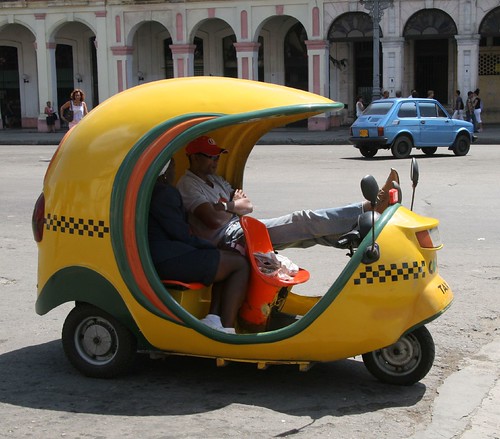
Which in turn allows for such things like the Havana Coco Taxi to exist. Image by flickr user exfordy.
In Jakarta alone, it is estimated that 14,000 Bajaj vehicles roam the streets. And while they provide an affordable mode of transportation, they are often uncomfortable and dangerous. Their 2-stroke engines often emit asphyxiating toxic fumes to their passengers and drivers alike.
The Cambodian Tuk Tuk, meanwhile, eschews the single unit design for a two-part vehicle which is likely even more dangerous. Its 2 piece configuration entails hooking a 2-wheeled wooden passenger cabin to the rear of a motorcycle.
While the basic fundamentals of the Auto Rickshaw haven’t changed, new designs and government regulations are making them more environmentally-friendly through the use of compressed natural gas (CNG) and liquified petroleum gas (LPG).
However, these advances have yet to placate law-makers. Citing issues of safety and traffic nuissance, numerous cites around the world have made numerous attempts to either ban their use entirely or restrict them from all but the least profitable routes.
This safety image problem probably isn’t helped any by the Auto Rickshaw Challenge, a dangerous cross-India Auto Rickshaw race that bills itself as “an Amazing Race for the Clinically Insane.”
And yet despite their controversial status, the Auto Rickshaw continues to grow in popularity.
Tuk Tuk services now operate in Britain, Italy and the Netherlands and a company named Tuk Tuk North America, Inc. hopes to one day bring the Tuk Tuk stateside.
2. Pirate Taxis / Matatus – Nairobi, Kenya
Prior to their legalization in 1973, Matutus (or Matatus) were known as Pirate Taxis and only carried 16% of all passengers in Nairobi. Since legalization, the Matutu has matured into a legitimate minivan/minibus transit option unique to Kenya – as of 1990, the Matutu market share rose to 52% of all passenger trips.
Often run by mafia-like cartels, Matutus run on fixed routes but with no specific stops. Notoriously dangerous, Matatus “have been identified with over-speeding,overloading, continuous hooting and touting for passengers. chaotic parking, harassment and abuse of passengers and general disregard for normal traffic rules” and are considered one of the main reasons Kenya’s roads are 20 times more dangerous than Britain’s.
Sensing a clear need for change, Nairobi’s Minister of Transport and Communications took the extreme step of enforcing things like seat belts and speed limits in the fall of 2003. Since then, safety levels are reported to have increased and a UK-funded program was started to teach Matatu drivers advanced safety concepts such as what brakes are for and the dangers of driving while drunk or on drugs.
Garishly painted and decorated according to the owner’s tastes, Matatus are a spectacle matched only by the experience of actually riding in one.
According to a BBC reporter in the region, “a morbid, macho culture” has prompted many Matutu owners to paint names like “Chechnya,” “Aggression,” “Monica Lewinsky,” “Upsetter,” and “Why Drive When You Can Fly?” on the vehicles.
Monica Lewinsky wasn’t available for comment.
1. Molues & Okadas – Lagos, Nigeria
As one of the largest and fastest growing cities in the world, with little in the way of formal public transit, Lagos, Nigeria is truly the king of informal public transit.
The two main methods of informal transit: Molues and Okadas.
Molues are iconic landmarks on the roads of Lagos. Easily identified by their bright yellow appearance and battered bodies, they’ve been described as “a house built on to the chassis of a Mercedes 911 truck.”
Often designed to carry the maximum number of people possible, these beasts of burden can transport as many as 44 people sitting, 99 people standing.
Typical of this city’s massive informal economy, an array of street trading occurs around, in front of and within the cramped, uncomfortable Molue.
The drivers have a reputation for dangerous, risky behaviour. The buses are plagued by breakdowns from poor maintenance and help to clog the already gridlocked streets of Lagos. The State Government has initiated the faze out of Molues in favour or BRT, LRT and Heavy rail systems, but recent reports suggest those plans may be unravelling.
Meanwhile, motorcycle taxis (locally known as Okadas) have become a popular yet increasingly controversial transit mode in this massive city of 15 million people. Due to thier affordability and maneuverability in Lagos’ twisted, congested streets, the Okada is often the fastest form of transit around. They’re also one of the most deadly.
According to state police commissioner, Marvel Akpoyibo, 70 per cent of all road accidents in Lagos state were Okada-related.
While designed for a maximum of one passenger and one driver, it is not uncommon for some drivers to pack whole families onto these two wheeled death traps with little regard for safety.
A recent survey in Nigeria found that 88% of Okada drivers were aged between 18 and 30 years old and were renowned for their macho / risk taking behavior. 60% of passengers felt they drove too fast, and 30% stated ‘too recklessly’.
The Okada provides a low-cost transit transit link between sprawling neighbourhoods and rapid transit lines. While dangerous, they are an essential mobility component in the lives of most Lagosians. Some academics have gone as far as voicing the need for a multi-tier transit network where Okadas have dedicated lanes to serve proposed BRT and LRT lines.
Despite this, the state government is making steps towards the removal of the Okada altogether. Like many of the systems on this list, safety concerns have prompted government officials to work towards a ban on the Okada. However, with Lagos’ incredibly poor road network and insufficient transit services, locals are speaking out against the plan.
Interestingly enough, like the Auto Rickshaw, motorcycle taxis are making waves in the developed world too; niche services have arisen in Britain and Sweden. Yet unlike their developing world counterparts, passengers are provided a helmet every time and drivers can communicate with the passenger via an intercom system.
No longer informal, the British examples are now licensed by government agencies.
(Special thanks to Nicholas Chu and Ryan O’Connor for helping put this piece together!)

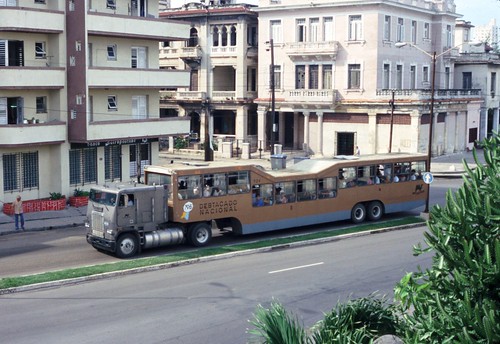





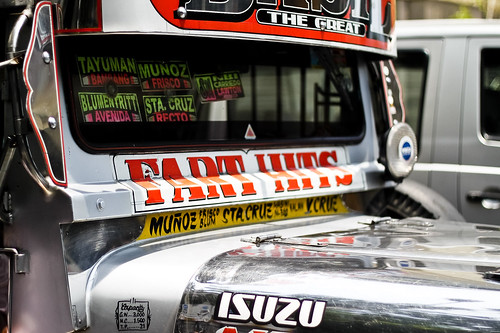

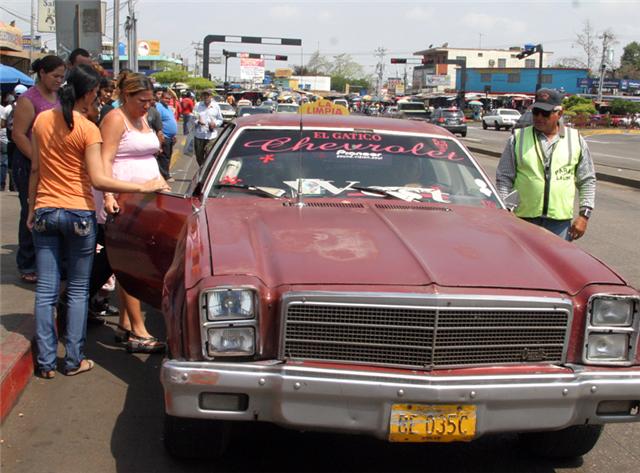
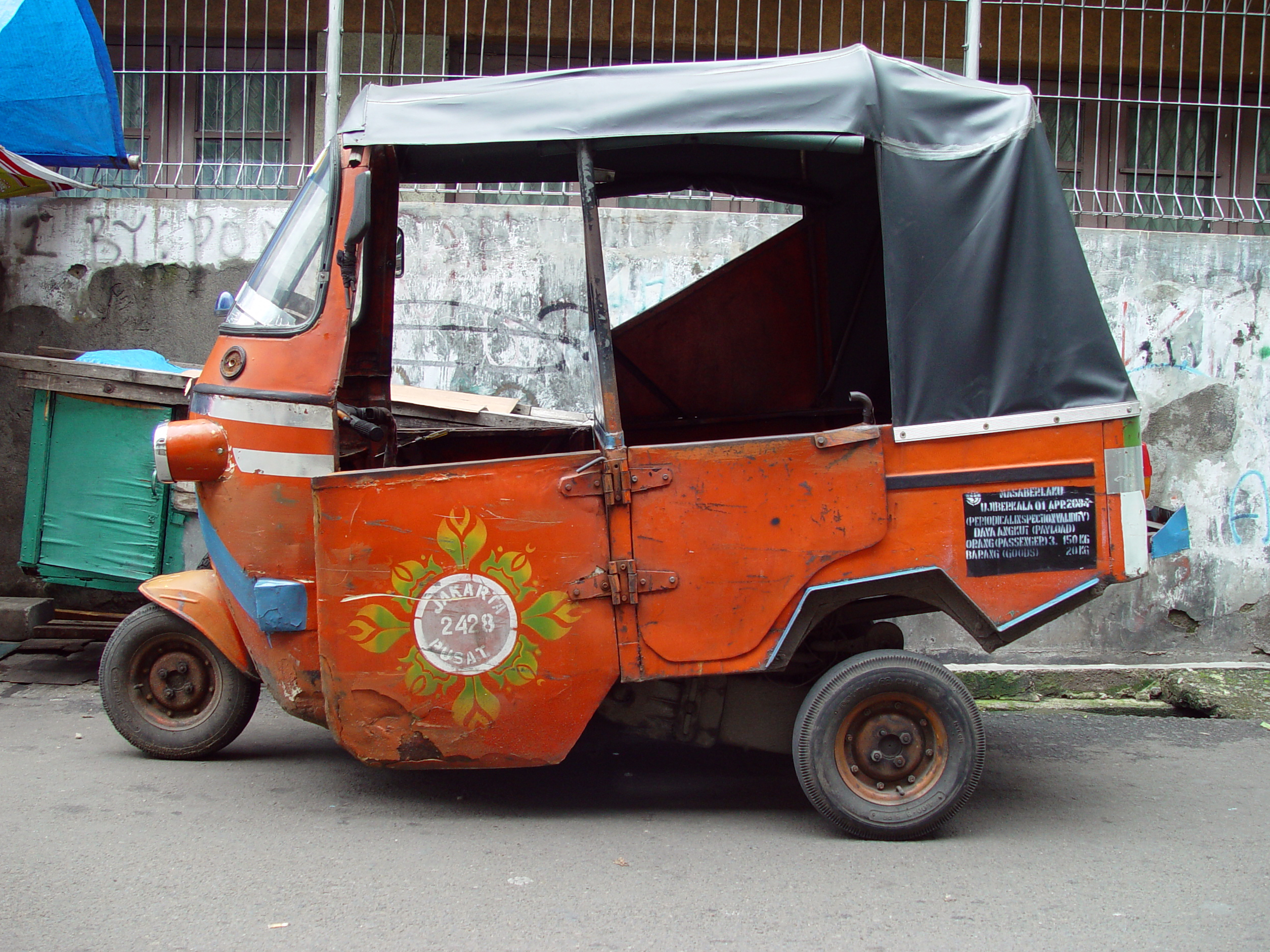
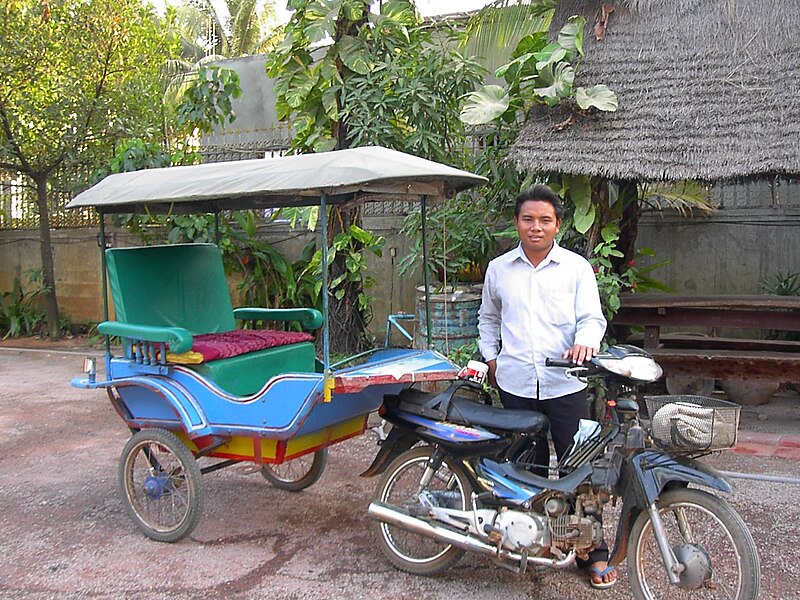





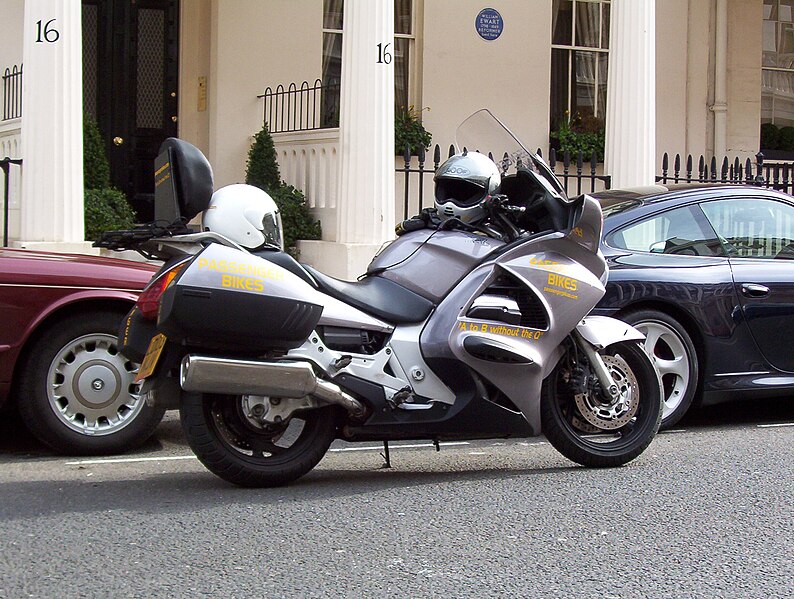
5 Comments
Forget building them costly underground subways or light rail, our cities need more Camellos!
Some needs to start http://www.camellosproject.com
Not only would I like to ride in or on none of them, I don’t think I’d like to smell any of them as they went past. Welcome to Hell.
There [was] a tourist tour company in Napa, California who operated a couple of auto rickshaws imported from India, licensed with the CA DMV as motorcycles, methinks. Best reference I can find is here: http://www.yelp.com/biz/nv-hoppers-napa. It appears their website, nvhoppers.com, is kaputski as they [should] say in Russia.
http://www.newsweird.com/wp-content/uploads/2010/10/Metro-in-cairo-camel-subway.png